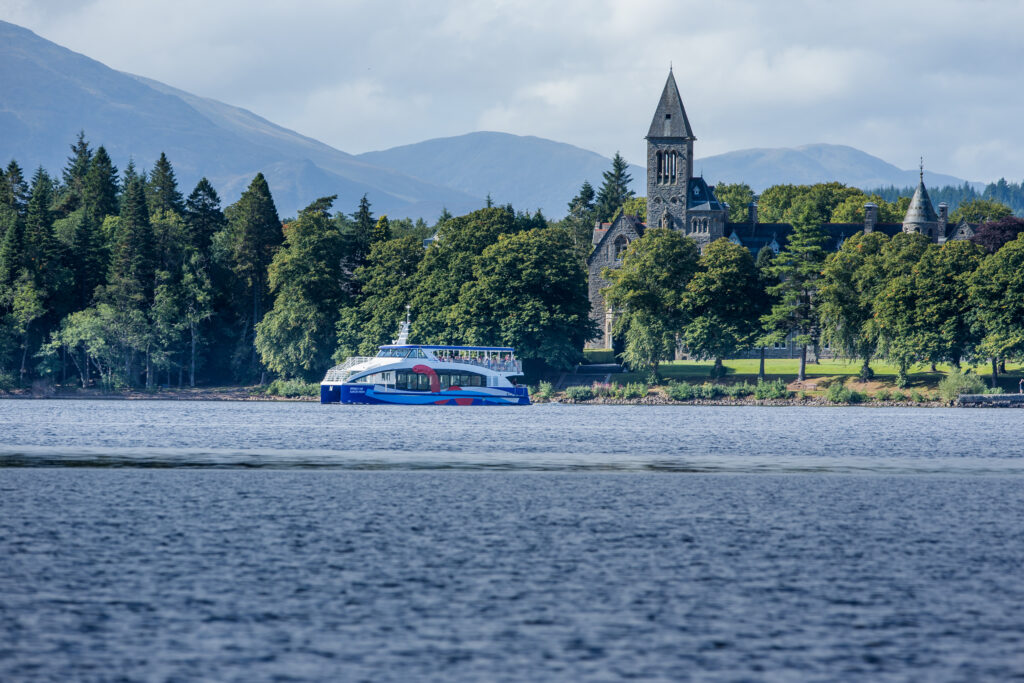Following Saint Columba’s attempt to convert the northern Picts to Christianity, the area moved back and forth between Pagan and Christian beliefs until, in the seventh century, Saint Cumin visited the glen. He built upon Saint Columba’s work and fully established Christianity in this part of the Highlands.
He built a church here and the village became known as Cille Chuimein or Church of Cumin. It is still known by this name locally and the local school is the Kilcumen Academy. After the second Jacobite uprising of 1715 (Jacobites were supporters of the Catholic Stuart monarchy), General George Wade built a network of roads with Cille Chuimein at its centre.
He also constructed a new fort here which he named Fort Augustus in honour of King George’s favourite son – William Augustus, the Duke of Cumberland. Once the fort was constructed, Fort Augustus became the English name for the village. The fort was enormous and solidly constructed with four heavily defended bastions at each corner. It housed a considerable military detachment.
The last Jacobite uprising took place in 1745 and the fort was surrendered to Jacobite forces which had badly damaged it with cannon fire. In 1746 the Jacobites were defeated and the Duke of Cumberland, the man for whom the fort was named, decided to use it as his headquarters, but it was unusable. Cumberland was infuriated by the destruction and began a series of dreadful atrocities against the Highland people. The fort was never rebuilt after 1745 and Lord Lovat purchased it from the government and refurbished one building to use as a hunting lodge, giving it to Benedictine monks in 1878 who built the abbey attached to the fort foundations and remaining buildings.
The monks operated it as a boarding school until 1993 and visitor centre until 1998. At the time it was the largest private visitor attraction in Scotland. Today these beautiful buildings are now converted into apartments and are no longer open to the public.

